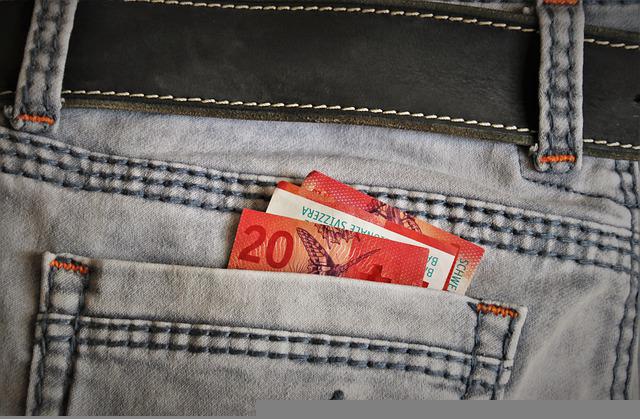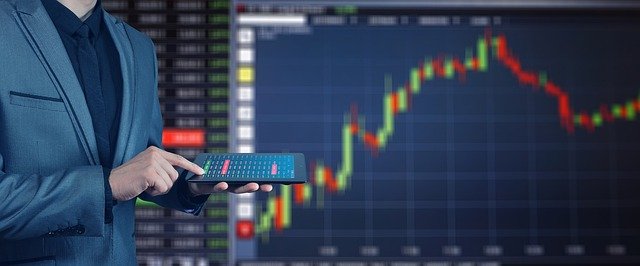The US dollar is weakening ahead of the significant data or event, which has led to the USD/CHF pair posting its worst daily loss in two weeks. The cautious optimism ...
Gold’s Performance During Trade Wars Explained for Investors · How Does U.S. Tariffs Affect Major Currency Pairs in Forex? · What Are Liquidity Zones in Forex and How Do Banks Use Them? · How To Profit From Central Bank Decision and Interest Rate Shifts · Gold price prediction 2025: Will it go above $3,500 this year? · Gold prices all-time high today amid trade war concerns · The Forex Market in 2025 · What Is the 1% Rule in Forex and Why Do Traders Use It? · What Are Forex Spreads? Fixed vs Variable Explained Simply · How are Gold and Forex Correlated?










